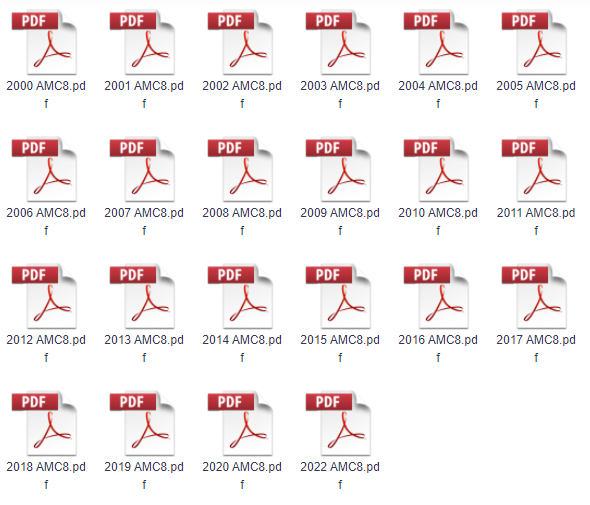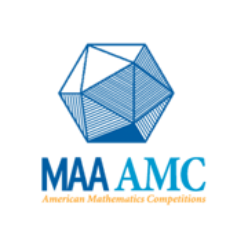1994年AJHSME 真题:
Problem 1
Which of the following is the largest?
![]()
Problem 2
![]()
![]()
Problem 3
Each day Maria must work ![]() hours. This does not include the
hours. This does not include the ![]() minutes she takes for lunch. If she begins working at
minutes she takes for lunch. If she begins working at ![]() and takes her lunch break at noon, then her working day will end at
and takes her lunch break at noon, then her working day will end at
![]()
Problem 4
Which of the following represents the result when the figure shown below is rotated clockwise ![]() around its center?
around its center?
![[asy] unitsize(6); draw(circle((0,0),5)); draw((-1,2.5)--(1,2.5)--(0,2.5+sqrt(3))--cycle); draw(circle((-2.5,-1.5),1)); draw((1.5,-1)--(3,0)--(4,-1.5)--(2.5,-2.5)--cycle); [/asy]](https://latex.artofproblemsolving.com/3/4/5/345a68ccc30ab7fe4809574d1f1c1c365988d5a1.png)
![[asy] unitsize(6); for (int i = 0; i < 5; ++i) { draw(circle((12*i,0),5)); } draw((-1,2.5)--(1,2.5)--(0,2.5+sqrt(3))--cycle); draw(circle((-2.5,-1.5),1)); draw((1.5,-1)--(3,0)--(4,-1.5)--(2.5,-2.5)--cycle); draw((14,-2)--(16,-2)--(15,-2+sqrt(3))--cycle); draw(circle((12,3),1)); draw((10.5,-1)--(9,0)--(8,-1.5)--(9.5,-2.5)--cycle); draw((22,-2)--(20,-2)--(21,-2+sqrt(3))--cycle); draw(circle((27,-1),1)); draw((24,1.5)--(22.75,2.75)--(24,4)--(25.25,2.75)--cycle); draw((35,2.5)--(37,2.5)--(36,2.5+sqrt(3))--cycle); draw(circle((39,-1),1)); draw((34.5,-1)--(33,0)--(32,-1.5)--(33.5,-2.5)--cycle); draw((50,-2)--(52,-2)--(51,-2+sqrt(3))--cycle); draw(circle((45.5,-1.5),1)); draw((48,1.5)--(46.75,2.75)--(48,4)--(49.25,2.75)--cycle); label("(A)",(0,5),N); label("(B)",(12,5),N); label("(C)",(24,5),N); label("(D)",(36,5),N); label("(E)",(48,5),N); [/asy]](https://latex.artofproblemsolving.com/f/4/7/f47a55bc62a8d92426b4e7b5274663eedfe64954.png)
Problem 5
Given that ![]() and
and ![]() , the number of rods in one mile is
, the number of rods in one mile is
![]()
Problem 6
The unit's digit (one's digit) of the product of any six consecutive positive whole numbers is
![]()
Problem 7
If ![]() ,
, ![]() and
and ![]() , then
, then ![]()
![[asy] pair A,B,C,D,EE; A = origin; B = (2,0); C = (5,0); EE = (1.5,3); D = (1.75,1.5); draw(A--C--D); draw(B--EE--A); dot(A); dot(B); dot(C); dot(D); dot(EE); label("$A$",A,SW); label("$B$",B,S); label("$C$",C,SE); label("$D$",D,NE); label("$E$",EE,N); [/asy]](https://latex.artofproblemsolving.com/f/0/d/f0dc899c415371f7deef8daea361750c75ff942f.png)
Problem 8
For how many three-digit whole numbers does the sum of the digits equal ![]() ?
?
![]()
以下是我们为您整理的全英版pdf真题,扫码即可免费领取完整版:



扫码免费预约领取更多AMC历年真题+答案
预约最新真题讲座、课程详情可添加下方顾问老师咨询

